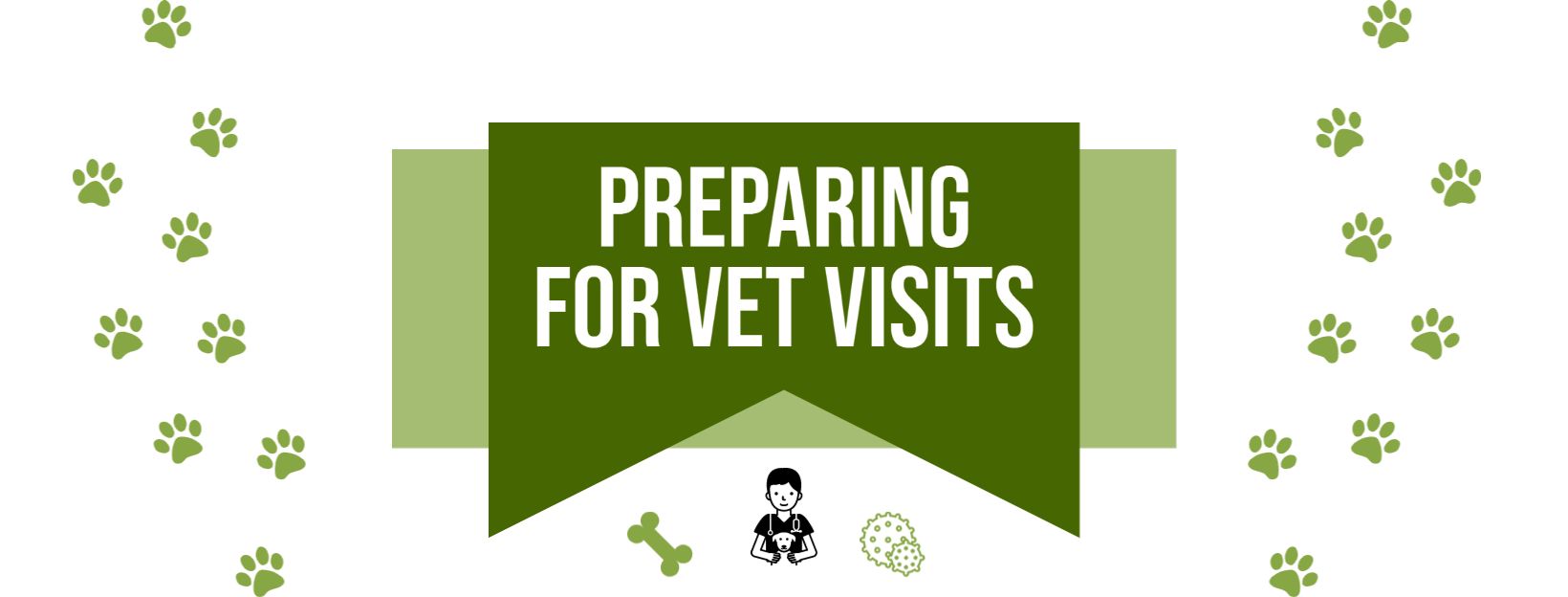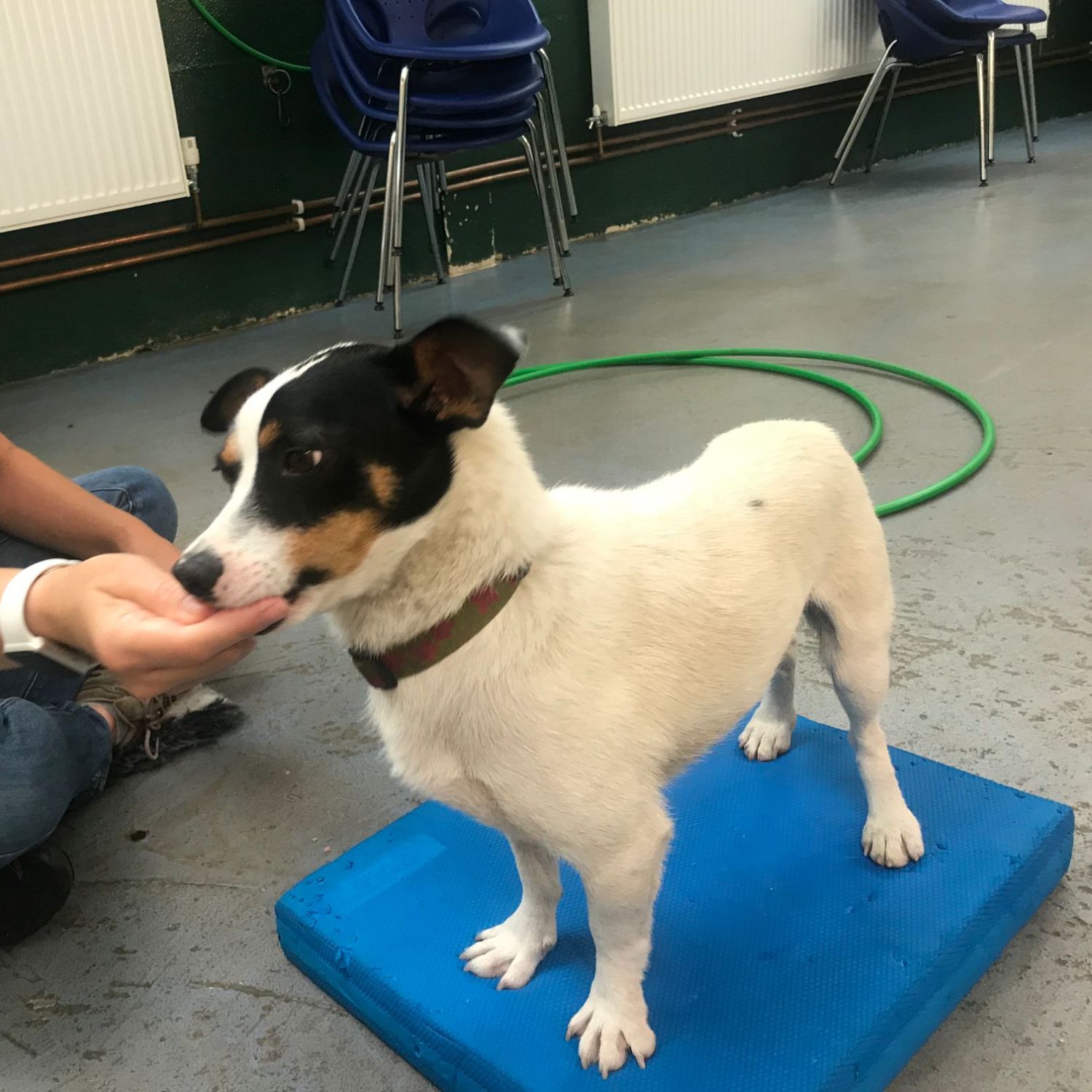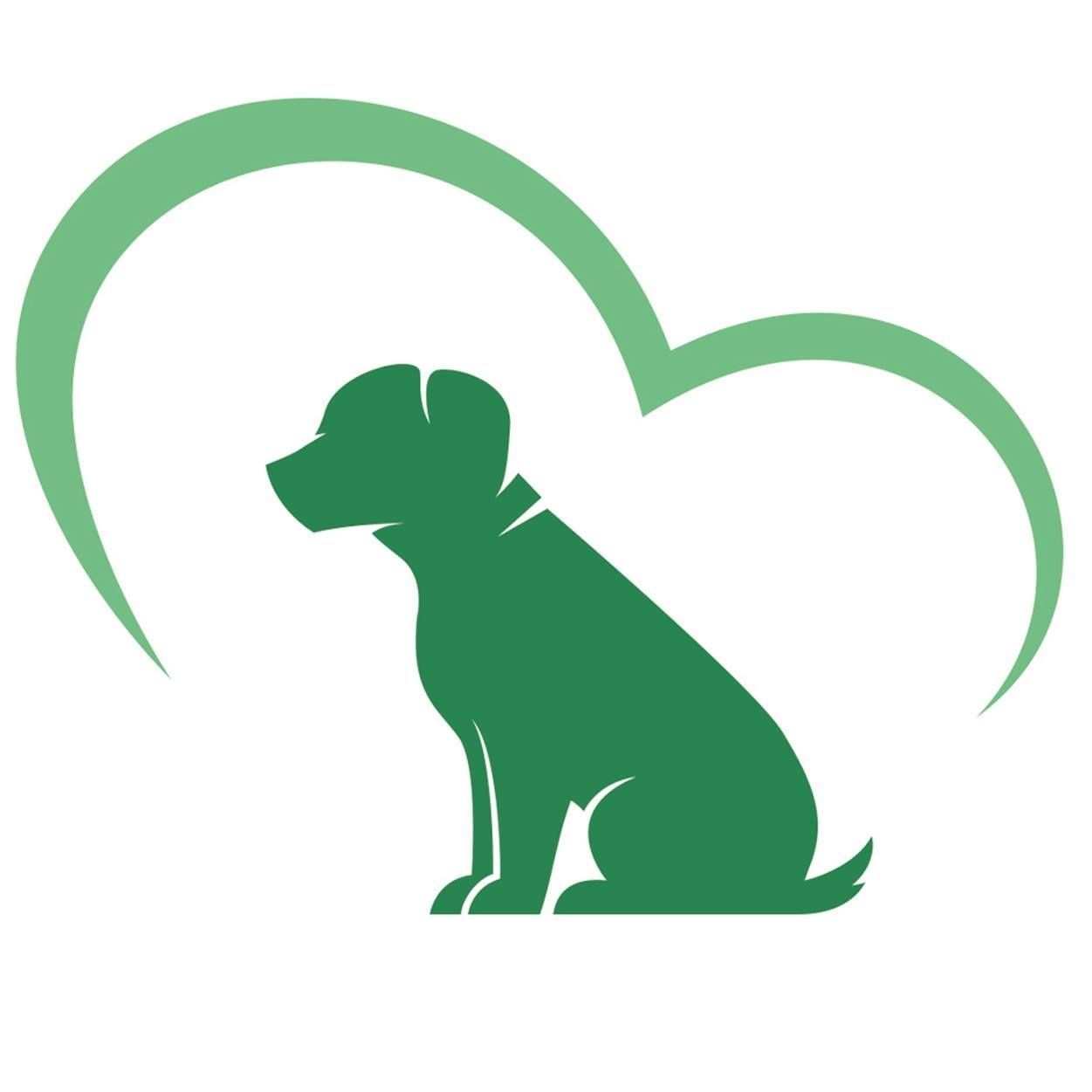
Ensure that your insurance policy has kicked in and is the right policy for you in the event that you have to use it. If you would like further advice on your insurance policy you are welcome to send an email to: adoptions@oakwooddogrescue.co.uk

You will all have heard about the dog that HATED the vets, knew they were going to the vets and 'acted up'.
This is a very common finding - most vets do not read dog body language well and, in order to do their job, need to handle the dog to figure out a problem or issue the dog is having.
If your dog cannot walk on a lead we advise only going to the vet if it is absolutely necessary, and then they must be crated with the vets being told prior to arrival that the dog cannot be touched. It would be better if you could request a video consultation for nervous dogs.
It is entirely possible to build up a positive relationship with your vet and have your dog comfortable when meeting the vet team, but there will be work involved.
First, ensure your dog is comfortable with handling, there's no point in forcing them to be touched by a stranger if they are not going to cope with it. All that will happen is the vet will make the dog wear a muzzle without training and make it very frightening for the dog.
What to do:
- Choose your vet. Ideally in walking or close driving distance.
- If you want you can call your vet and let them know that you have adopted a rescue dog and you would like to begin some desensitisation training to the vets and if it is okay if you can bring the dog to the practise to explore the waiting room etc. Most vets are happy for you to carry this out without prior notice.
- If the vets is within walking distance, ensure your dog is comfortable walking the distance to the practise. If it's not, ensure your dog is comfortable in the car and drive them to the practise for training sessions.
- Make sure to prepare really yummy treats - these need to be very high-value as this is going to make the dog associate the vets with the nice, yummy rewards they get. (Chicken, beef, hard cheese, sprats, turkey or pork are some examples - try to use something you haven't used previously and only feed this treat when going to or at the vets so the dog associates it with being there).
- Start by just walking outside the practise, a distance away and rewarding your dog. Walk a bit closer, praise and reward. Repeat this a while until your dog is comfortable in the new area. If your dog is reactive to other dogs or people, be careful not to get too close to these and be mindful of who is entering/exiting the practise.
- Over the next few visits gradually get closer and work up to being outside of the door, moving away as people enter and exit if the dog looks worried.
- Open the veterinary practise door and stand in the doorway, allow your dog to sniff around and reward. Be mindful of dogs in the waiting room getting out. Try to find the quietest times to do this. You can speak to the vet team and let them know what you're doing if you're worried.
- These following steps will need to be repeated the most: Open the door and take a step inside, allowing the dog to sniff around, rewarding with their special treats. Keep the sessions short to avoid overwhelming your dog. Overtime, go further and further into the waiting room.
- Walk into the waiting room and take a seat - reward the dog for calm behaviour. Once the dog is comfortable sitting in the waiting room you can ask the receptionist to give your dog treats and any vets that are not with clients to do so too.
- Repeat a few times until your dog is confident walking to the vets and interacting with the vet staff.
- Enjoy happy vet visits!
Thinking about muzzle training?
Some dogs can be reactive to people and dogs, and some do not to cope well with being handled in certain areas. Muzzle training can prevent your dog from biting or snapping when scared.
Muzzle training should not be seen as a negative, it is the sign of a responsible owner protecting their dog and those around them. It is always useful to do some muzzle training, regardless if your dog needs to wear one to the vets or not.
You will need to desensitise the dog to the muzzle, they need to view it as a positive, rather than just having one strapped to their face, frightening them.
Take each step slowly, only progress if your dog is ready. Do not expect them to be comfotable in one day.
- Introduce the muzzle, hold it or place it on the floor and allow your dog to sniff at it or look at it. If they do reward them with a treat. Repeat this step a few times.
- Using squirty cheese or pate will be easier for the next steps - squeeze a bit inside the muzzle and hold it out to the dog, you will need to hold the sides apart so they don't spook the dog by touching their face. Allow the dog to sniff at the muzzle and the treat, your dog will be apprehensive at first and a bit flinchy as they reach forward to lick the treat. Repeat this over and over, refilling the treat. Keep the sessions short, do not exceed 15 minutes otherwise the dog will lose interest.
- You want your dog to become excited when they see the muzzle, you also want to practice the above step to the point where the dog is walking over and placing their entire snout into the muzzle.
- Once they are willing to do this you need to begin caressing the dog around their head, this may startle them a little so go slow, use praise and ensure to continue replacing the treat. You can start fiddling with the clasp on the muzzle and touch it together, but do not close it. Repeat until the dog is not worried about you touching their neck.
- Time to attempt to close it. Be calm and confident about it. Clip it for a second and release, repeat a few times. Once your dog is happy with this, start to increase the amount time the muzzle is clipped. Your dog may begin to try to get it off, keep up with treating through the muzzle to keep the dog busy.
- Once your dog is more comfortable with wearing their muzzle you can try it on a walk if you would like your dog to be muzzled walking, if not, regularly keep up with your muzzle training, keeping it positive so that the dog looks forward to wearing it if it is ever needed.

Want some practical muzzle training?
Tel: 01482 823555 - you will need to leave a voicemail
Email: training@oakwoodcanineservices.co.uk